Proactively preventing environmental pollution, in the Vinh Phuc Provincial Planning for the period 2021-2030, with a vision to 2050, the province has proposed many specific measures to protect the environment (BVMT) such as: Controlling pollution by building and upgrading wastewater and waste treatment systems; strictly controlling sources of pollution from industrial production and traffic activities; developing public transport systems, encouraging the use of green vehicles...
The province's master plan also includes locations for the construction of solid waste treatment plants and domestic wastewater treatment plants in the province. Up to now, the province has invested in installing 6 automatic environmental monitoring stations (3 air monitoring stations and 3 water environment monitoring stations) and every year, the province carries out the task of monitoring the current state of the environment, reporting the monitoring results to the Ministry of Agriculture and Environment (formerly the Ministry of Natural Resources and Environment) according to regulations.
The province has focused on improving the quality and reducing the time for handling administrative procedures in the field of environmental protection; environmental administrative procedures are much shorter than the regulations of the Government , in particular, some procedures have reduced the processing time by nearly 50% according to the regulations of the Central Government, specifically: Procedures for appraising environmental impact assessment reports are 14 days (according to regulations, 30 days). From 2022 to 2024, the Provincial People's Committee has appraised and approved 227 environmental impact assessment reports; 250 environmental licensing dossiers.
Pollution control activities for waste sources have been promoted, contributing to enhancing the effectiveness of environmental management and minimizing pollution from waste sources in the province. Up to now, there are 9 industrial parks (IPs) in operation in the province, with the total amount of wastewater generated from the IPs being about 27,656 m3/day and night.
Of these, 7 industrial parks have centralized wastewater treatment systems with a designed capacity of 38,500m3/day and night. 100% of normal solid waste, hazardous waste and wastewater are contracted for transportation and treatment by units according to regulations.
The quality of treated wastewater from all industrial parks meets QCVN 40:2011/BTNMT, column A before being discharged into receiving sources. 7/7 of these industrial parks have installed automatic continuous wastewater monitoring systems and transmitted data to the Department of Agriculture and Environment for monitoring and supervision.
Regarding industrial clusters, currently only 3 industrial clusters are operating, including Yen Dong, Te Lo, and Hung Vuong, with centralized wastewater treatment systems that meet standards; for the remaining industrial clusters, the province is gradually socializing and assigning infrastructure investors to complete waste collection and treatment infrastructure.
However, the construction of wastewater treatment infrastructure is still slow, mainly due to the slow and prolonged compensation and site clearance work. Compliance with environmental protection regulations in craft villages and production and business households is still limited, there are basically no environmental records and procedures according to regulations; the management and treatment of generated waste has not met regulations. Currently, there are still some sources of waste that have not been strictly controlled, especially waste sources from livestock farming activities, mainly due to the lack of attention and direction from commune-level authorities...
With the goal of achieving double-digit economic growth in 2025 and the following years, the province continues to encourage enterprises, production and business establishments inside and outside industrial parks and clusters to switch to green; those that do not have wastewater treatment systems or have degraded systems must promptly repair, upgrade and rebuild, otherwise they will not be allowed to attract new investment projects to industrial parks and clusters.
Improve the effectiveness of environmental impact assessment report appraisal; appraise and inspect the granting of environmental licenses to facilities and projects; resolutely reject projects with large emissions, high risk of environmental pollution, and outdated technology; effectively implement the annual environmental status monitoring program.
Review production facilities in craft villages, assess the level of environmental pollution and develop a plan to force the relocation of facilities that cause environmental pollution and do not ensure safe distances according to regulations...
Article and photos: Luu Nhung
Source: http://baovinhphuc.com.vn/Multimedia/Images/Id/125951/Tang-cuong-kiem-soat-nguon-thai-nguy-co-gay-o-nhiem-moi-truong


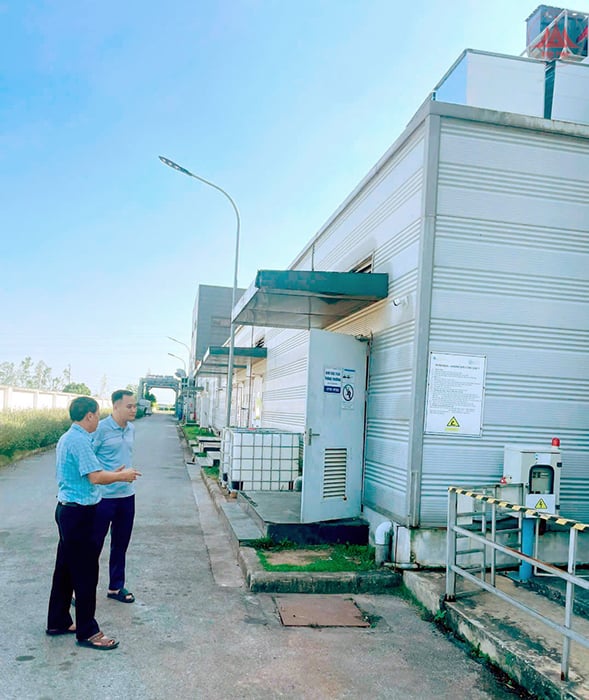






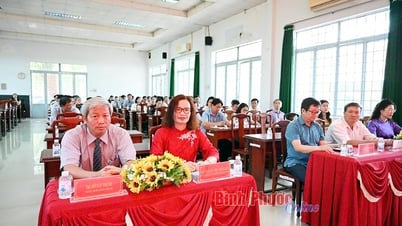

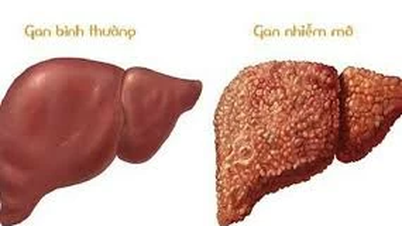

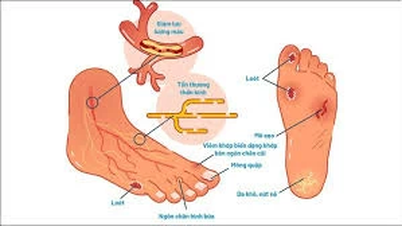


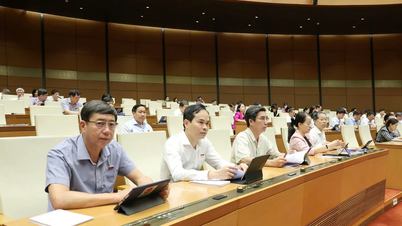

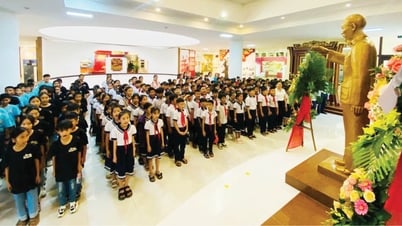






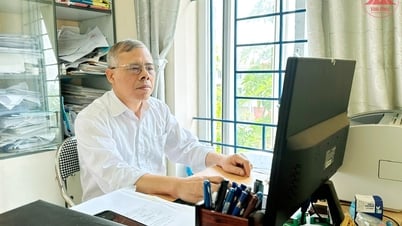

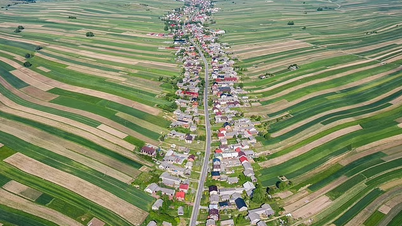

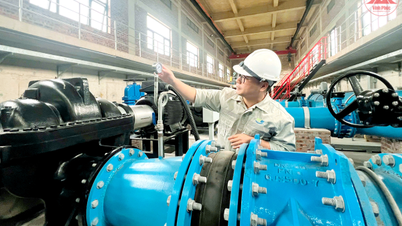
![[Photo] Prime Minister Pham Minh Chinh and Prime Minister of the Kingdom of Thailand Paetongtarn Shinawatra attend the Vietnam-Thailand Business Forum 2025](https://vphoto.vietnam.vn/thumb/1200x675/vietnam/resource/IMAGE/2025/5/16/1cdfce54d25c48a68ae6fb9204f2171a)
















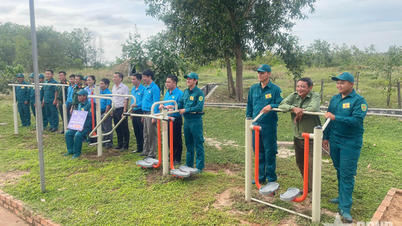

















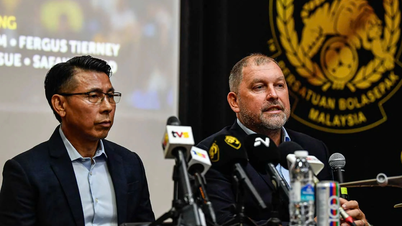


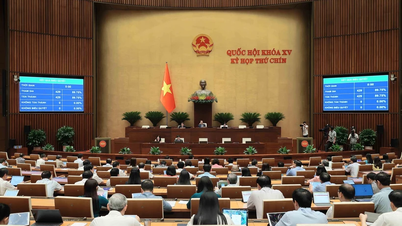










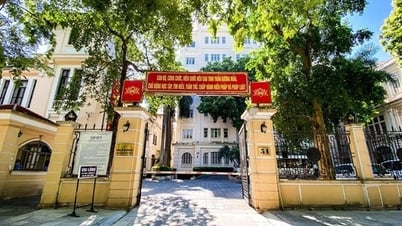















Comment (0)